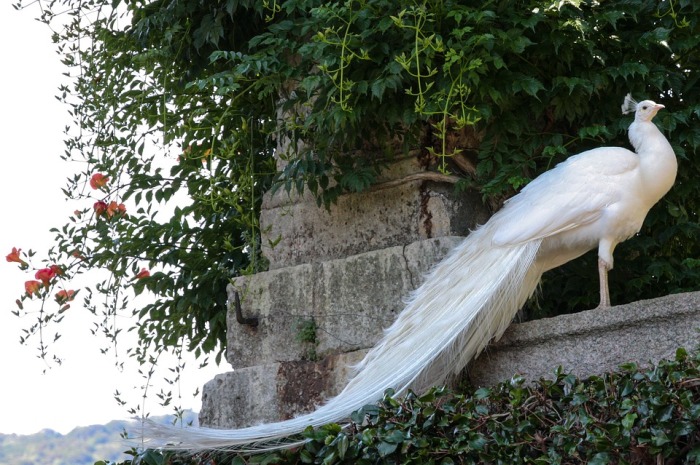
Essayist and Japan observer Alex Kerr wrote a very perceptive collection of essays on Japanese culture and his experiences with it. The book was released in the 1990s and was called Lost Japan. I admire the book very much. The essays in the book are unified by one theme: his quest for the hidden beauty of things.
One of the many engaging stories he told in the book was how he (basically accidentally) got into art collecting. He noticed that many Japanese antiquities were undervalued and underpriced. So he bought a few of them.
And then he bought more of them.
And soon enough, he had whole rooms filled with curiosities and antiquities from Japan, China, and Southeast Asia. He was collecting enough art that he became involved in buying and selling.
Very often, the arrangement of Asian art on a table or in a house makes a difference. Things like scrolls, carvings, inkstands, and other art objects are supposed to be in harmony with each other. Japanese and Chinese culture are very particular about this sort of thing. I don’t know all the specific rules, but each object is supposed to add something to the others. And together, the pieces as a whole are supposed to convey a symmetry of purpose.
One time, he bought a piece of art–I think it was some fragment of an aromatic wood–and didn’t know where to place it. So he asked one of his friends, who was a specialist on the proper arrangement of classical art.
The friend told him something that I always thought was profound. He said,
“Put the object among other beautiful things. If it belongs there, the other things will accept it. If it does not belong there, they will reject it.”
It sounds maddeningly vague. But it is true. Try it sometime. If you put something ugly among some beautiful things, it just won’t feel right. You will just feel the clashing contrast. The eyesore will just jump out at you.
This feeling is the soul’s revolt against the violation of the principle of Beauty.
Kerr tested this advice he got from a friend. He bought a small antique table, but was unsure of its relative beauty. So he brought it to his friend’s house, and secretly placed it near the atrium, among other art objects. He never told his friend about it. And his friend never noticed the table: meaning that the table had been “accepted” by the other objects of beauty in the area. It had blended in, and had been integrated into the area.
Beauty accepts beauty.
The soul knows what it seeks, and what it does not seek. It will reject what does not belong, in the same way that a foreign organism in the bloodstream will be vigorously attacked by the body’s defenses.
The same principle, really.

If you feel you do not belong somewhere, follow this feeling. If you feel out of place somewhere, follow this feeling. You are being told something on a subconscious level.
Attraction and repulsion exist for very good reasons.
When we enter a museum, and walk around, we are among things of beauty. We are instinctively drawn towards them. We literally feel better being around them.
The field of art therapy exists for a purpose, you know. Being around works of art has curative power. Literally, it does. Experiment with this idea for yourself, and you will see.
Art therapy is something I’m beginning to respect more and more.
The next time you feel bad, the next time you are feeling depressed or down, visit a museum. Then see what your mood is like after you leave.

I have an explanation for why this happens. I talked about it a little bit in Pantheon, in the chapter on Neoplatonism. Our individual souls are drawn upward to seek union with the Idea of Beauty, an Idea which resides in the divine Intellect. Every person has this power within themselves, to move upward from Soul to Intellect.
Don’t be afraid to cultivate this mystic side of yourself. It is the ultimate frontier guarded by the Fortress of the Mind.
It’s an instinct. It is a primeval urge. We can’t fight it, even if we wanted to. Beauty seeks out beauty, and ugly seeks out ugly. This is the polarity that is inescapable. And something else about this is worth mentioning. When we polish our own souls–when we become more “beautiful” ourselves–we will attract other things of beauty.
You can find out more information on this and related subjects in my book Thirty-Seven.

You must be logged in to post a comment.